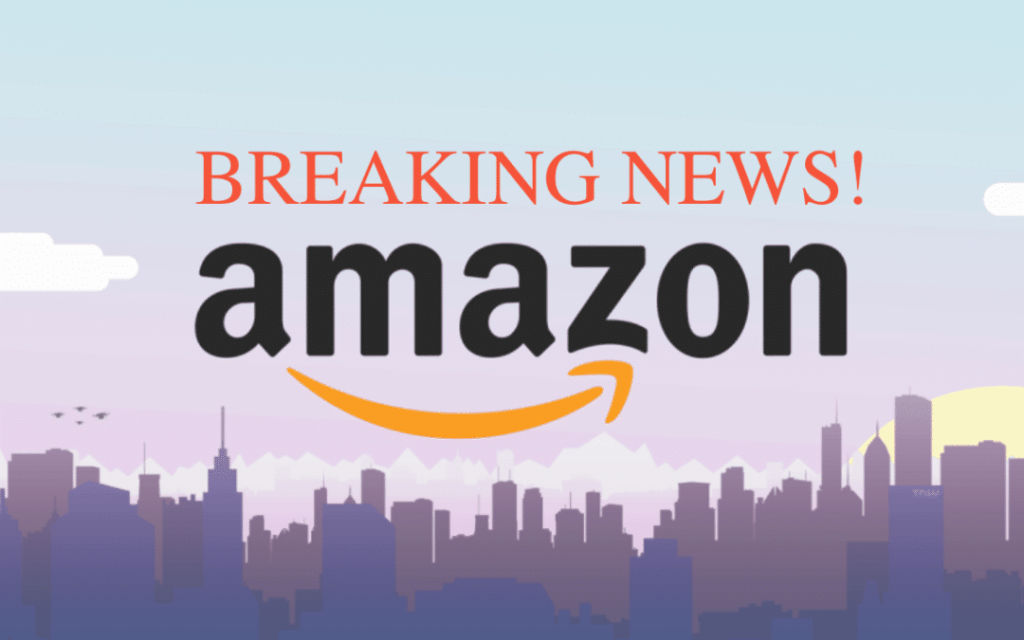
Of the many business units at Amazon, the marketplace reflects the spinal column – the core business – among Amazon’s myriad ventures. Through the years, the Amazon website has evolved from Amazon’s sole retail operation into an open marketplace for 3rd party sellers (3P) to list their wares and widgets alongside inventory sold by Amazon Retail (1P). With access to world-class fulfillment operations at Amazon’s efficient economies of scale, brands can control their presence on the marketplace as a 3P sellers, keep pricing, margin, advertising costs, content etc. under their careful watch. That is, until now.
Amazon recently began a program offering discounted prices on 3rd party sellers’ products on the site under the customer messaging: “Discount offered by Amazon.” In this new program, Amazon will discount the 3P merchant’s product by up-to 10% and then cover the difference to the merchant/brand if sold at discount. It is unclear as to how Amazon intends to decide on when or to which product this discount will be applied.
What does this mean for brands/merchants? For some, it’s a good thing. Others, perhaps not so much. If Amazon’s discount wins the sale for the merchant on Amazon vs. another portal at no cost to the merchant, that could create no-cost growth for the brand – but also could cause inventory planning challenges if there is unexpected velocity for certain items. Further, for many brands – Amazon represents a lower-margin, higher volume channel to move product compared to their own Ecommerce operation. Our partner, James Thomson, when quoted in the Wall Street Journal, weighed in, “When Amazon becomes the problem by modifying the price of third-party seller options, how is a brand supposed to enforce its pricing policies?”
Historically, 3P sellers maintained complete control of their ‘offer’ for their product on Amazon – from shipping options and tax settings to the total landed price. 3P sellers decide for themselves when to discount, offer promotions, or when to pull an offer altogether. 3P sellers often compete on price against other sellers of the same product – including Amazon’s Retail 1P offer – to try to win the Buy Box, the winning position for earning the sale over other offers. Controlling price is key to a competitive strategy where multiple offers exist. But it’s even more important when a brand has gone to great lengths to control distribution to such a degree that they own 100% of the Buy Box. This is generally part of a broader, multi-channel distribution and pricing strategy that relies on, among other things, explicit channel pricing control.
Let me be clear here: previously, Amazon could only control pricing on products they owned in inventory in their 1P business – “Shipped from and Sold by Amazon.com.” As many brands who engage(d) directly with Amazon in this model are painfully aware, Amazon would frequently and freely break MAP policies and sell brands’ products at a loss to further some secondary strategy – like controlling market-share in a strategic category at all costs, for example. In response, many brands turned to a 3P only strategy – or a hybrid model of selling some of its catalog to Amazon Retail (1P) while maintaining stronger pricing and margin control over the remainder in the 3P marketplace model. Most of these strategies, turning to 3P only or a hybrid play, originated in the necessity to stem unwanted MAP violations or to fight back against Amazon Retail’s aggressive margin-busting purchasing negotiations.
For now, it’s wait and see as brands track this new program and its ripple effects across what, for most brands, is already a very tenuous balance in their pricing and distribution model. For Buy Box Experts, this news hits close to home, as our 3-legged stool model for brands is predicated on leg one: channel control (closely followed by content and advertising.) When a variable like pricing control becomes unpredictable, there are sure to be challenges and fallout for brands who won’t stand for it.
Read the full WSJ article here.
Ready the paywall free version here.

If you’re one of the estimated 20%–40% of brands who fire their agency annually, you can’t focus on that vision if you have to keep searching for the right support. BBE proudly retained >95% of our clients last year while applying focused dedication to our brand partners. If you’re ready to start over for the last time, contact us and find out why leading brands have partnered with us for so long.

